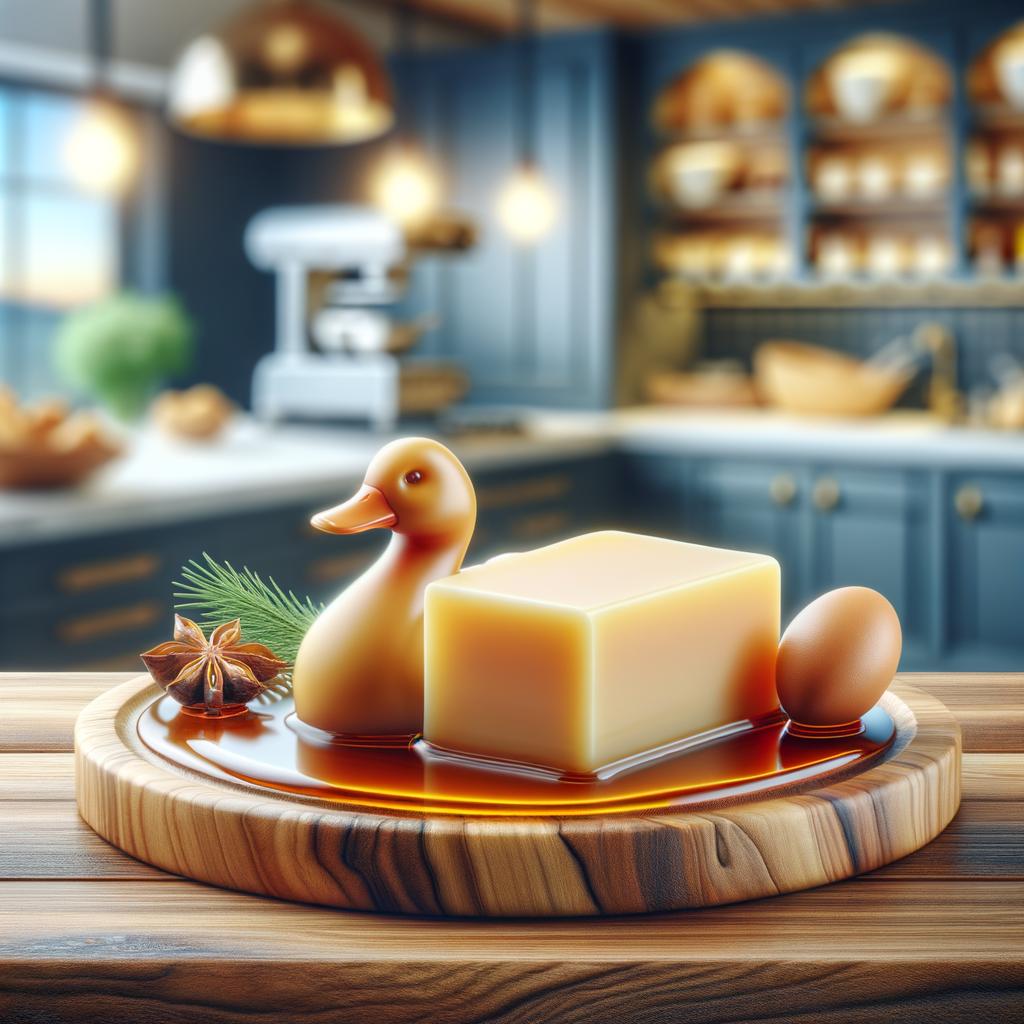Duck Fat

Duck Fat
Description
Duck fat, a culinary treasure, is a luxurious ingredient with a rich, silky texture and a delicate, savory flavor. It's a golden-hued delight, with a creamy, unctuous feel that melts at room temperature. The flavor profile of duck fat is distinct, offering a subtle meatiness that enhances the taste of dishes without overpowering them. What sets it apart from similar ingredients, like chicken or goose fat, is its unique ability to impart a deep, savory richness while maintaining a clean, unobtrusive taste.
Primary Uses
Duck fat is a versatile ingredient that can elevate any dish from ordinary to extraordinary. It's commonly used in cooking to sauté, roast, and fry, lending a rich depth of flavor to foods. It's a key component in French cuisine, particularly in dishes like confit de canard and pommes de terre sarladaise (potatoes sautéed in duck fat). Beyond the culinary world, duck fat has been used in traditional medicine for its high monounsaturated fat content, and in some cultures, it's used in candle-making and soap-making due to its long burn time and moisturizing properties.
History
The use of duck fat dates back centuries, particularly in Europe where ducks were abundant. It was a staple in French kitchens, especially in the southwest region of Gascony, home to the famous foie gras. The idea of using duck fat to preserve meat in the form of confit was born out of necessity during times when refrigeration was not available. This method of preservation has since become a culinary tradition, cherished for the incredible flavor it imparts. Duck fat has enjoyed a resurgence in popularity in recent years, as chefs and food enthusiasts rediscover its unique qualities and versatility.
Nutritional Information
Duck fat is a good source of beneficial monounsaturated fats, which can help lower bad cholesterol levels and reduce the risk of heart disease. It also contains linoleic acid, a polyunsaturated fat that's essential for our bodies. In comparison to other animal fats, duck fat has a balanced ratio of unsaturated to saturated fats, making it a healthier choice for cooking. However, like all fats, it should be consumed in moderation as part of a balanced diet. Despite its rich flavor, it's surprisingly light in calories, making it a delightful addition to any meal that won't weigh you down.

